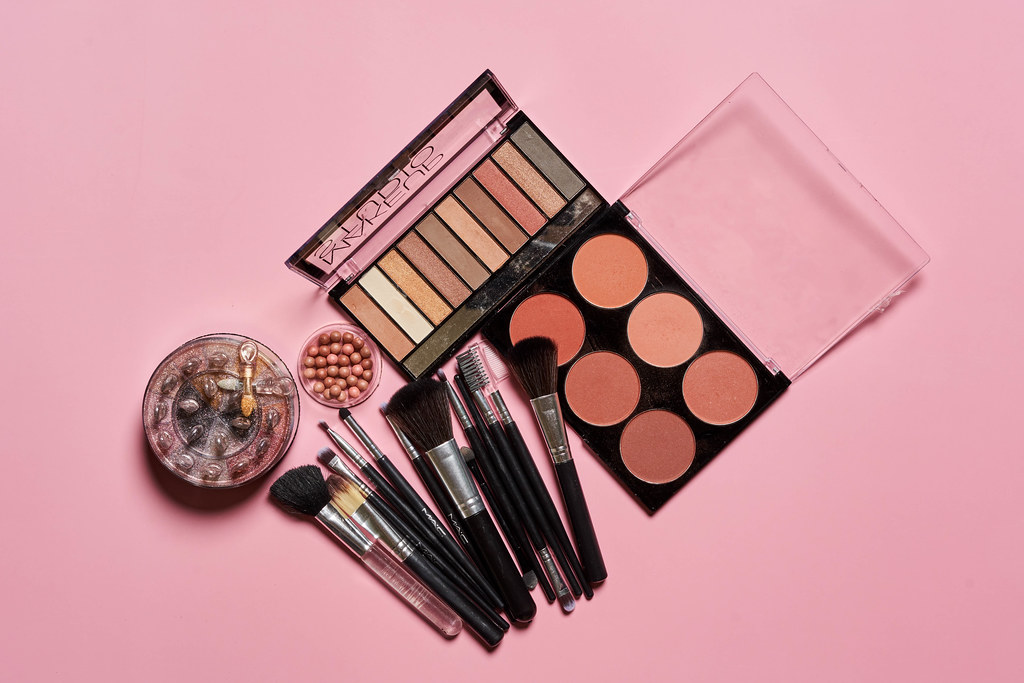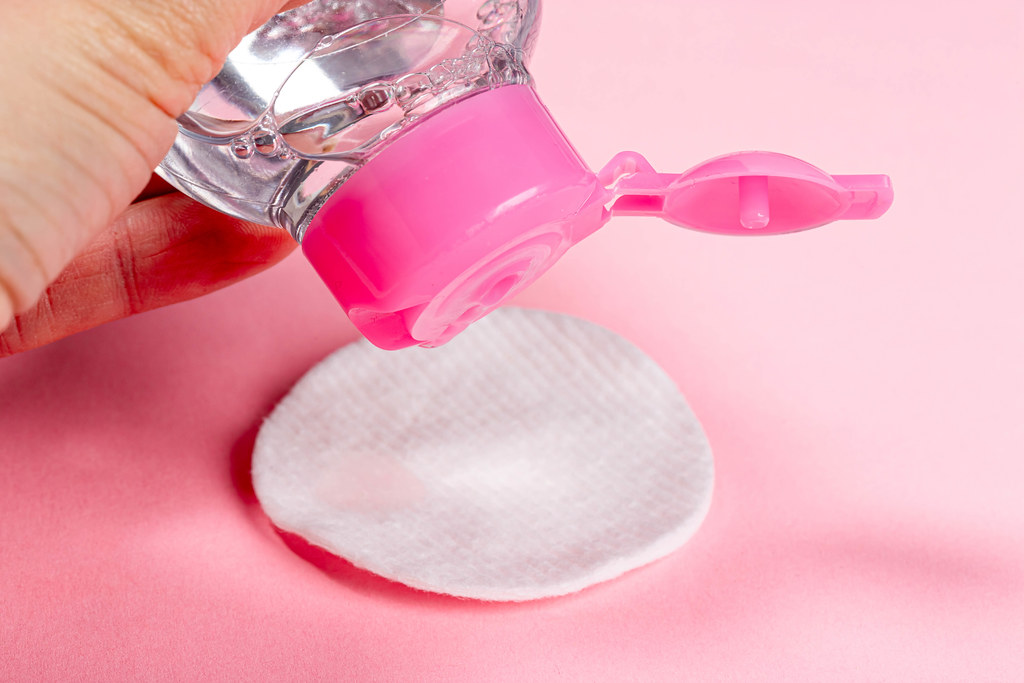When was the last time you used makeup or facial wipes? Perhaps you used them after your sports practice yesterday, or last night when you got home from a long day of school or work. Around 20 million pounds of use-and-throw wipes are used every day in the United States – says Diana Felton, MD, Hawaii Department of Health. It makes sense, too – makeup wipes are quick, practical, and cheap to use; but there is great harm in using them, and could result in costly consequences.

Demand
The demand for facial wipes has been increasing recently – the sheer amount of facial wipes used along with the harmful materials they are made of proves to be dangerous for the environment. “We’re flushing away or binning an astonishing 11 billion wet wipes every year which can take up to 100 years to biodegrade,’ says Business Waste UK, further proving the extremely high demand for this product. In the same article, millions of makeup wipes piled as high as the Eiffel Tower going to landfills every day, it states that the global sale of all wet wipes hit £16 billion in 2021 – and this is solely due to the sale of wet wipes. In a study published on Statista done in 2017 in the United Kingdom with over 1,445 respondents, it showed that 27% of British women used disposable wipes every day, and another 16% used them at least once a week. The use of disposable wipes has become incorporated into an everyday hygienic item and is going straight to landfills since they are a use-and-throw product.
The Harsh Truth Behind Makeup Wipes
The chemical and physical makeup of disposable wipes is another issue that adds to the environmental effects that are caused. According to the United States Food and Drug Administration, “Cleansing wipes are made of materials such as polyester, polypropylene, cotton, wood pulp, or rayon fibers formed into sheets.” Many of these materials aren’t biodegradable and turn into microplastics after they are thrown in landfill. According to Bustle, “20 million makeup wipes a day are being thrown into the trash. This makes wipes the third most wasteful product in the world.” Not only are makeup wipes bad for the environment, but they’re also not the most effective makeup removal option on the market. The chemicals that go into makeup wipes for preserving moisture, adding fragrance, or staying antibacterial are harmful to the chemical and pH makeup of your skin’s barrier as well. Jane Scriver for Bustle writes that “Face wipes are harsh on the skin because they contain strong, drying chemicals that strip the skin of its natural oils, altering the delicate pH of your acid mantle, which can cause inflammation and irritation.” The harms of using makeup wipes far outweigh the benefits when it comes to the environment and personal well-being, so why should we add to the ever-prevalent problem of waste in the environment when disposable wipes harm our skin as well? The only positive aspect of disposable wipes is the practicality and speed with that they can be used – but at what cost?
Makeup Wipe Replacements

If millions of people use makeup wipes every day, but they’re as harmful as proven to be, what can people use instead? There are many new products on the market to replace disposable wipes – including reusable and washable disposable pads which are cost-effective and accessible to the public. Another choice is Micellar Water, which is “water containing a mild detergent that forms large micelles (aggregations of molecules), used as a cleansing solution for the skin.” (Oxford Languages.) Micellar water is one sustainable alternative to makeup wipes, since it doesn’t involve any products that need to be thrown away or landfilled – and is gentle, natural, and sensitive on the skin.
While makeup and disposable wipes have become the norm in the past few decades, and are widely adopted as a hygienic resource for people around the world – it creates much waste and harmful impacts on the environment; as well as not being the best choice for the well-being of your skin. There are many easy, cost-effective, and accessible alternatives to makeup wipes that, if adopted commonly into society, can aid in reducing millions of pounds of trash globally every year. If you are looking for a way to do your part and start a small change in your life for the environment, ditching makeup or disposable wipe is the best place to start.
Works Cited
Amor, Adi. “Why Disposable Makeup Removers are a NO NO.” Qraye, 1 August 2020, https://qraye.com/why-disposable-makeup-removers-are-a-no-no/. Accessed 30 January 2023.
Benjamin, Jennifer. “Why You Should Stop Using Makeup Remover Wipes ASAP.” Real Simple, 30 November 2022, https://www.realsimple.com/home-organizing/green-living/makeup-remover-wipes-alternatives. Accessed 30 January 2023.
“Disposable Wipes.” FDA, 25 February 2022, https://www.fda.gov/cosmetics/cosmetic-products/disposable-wipes. Accessed 30 January 2023.
Kunst, Alexander. “Facial wipes usage frequency among women 2017.” Statista, 20 December 2019, https://www.statista.com/statistics/724231/facial-wipe-usage-frequency-among-women-united-kingdom-uk/. Accessed 30 January 2023.
Lawlor, Shannon. “What You Should Know About Face Wipes.” Glamour UK, 27 August 2019, https://www.glamourmagazine.co.uk/gallery/why-face-wipes-are-bad-for-your-skin. Accessed 30 January 2023.
“Millions of makeup wipes going to landfills every day.” Business Waste, https://www.businesswaste.co.uk/millions-of-makeup-wipes-piled-as-high-as-the-eiffel-tower-going-to-landfills-every-day/. Accessed 30 January 2023.

Published by